2025 Ford Super Duty Comparison
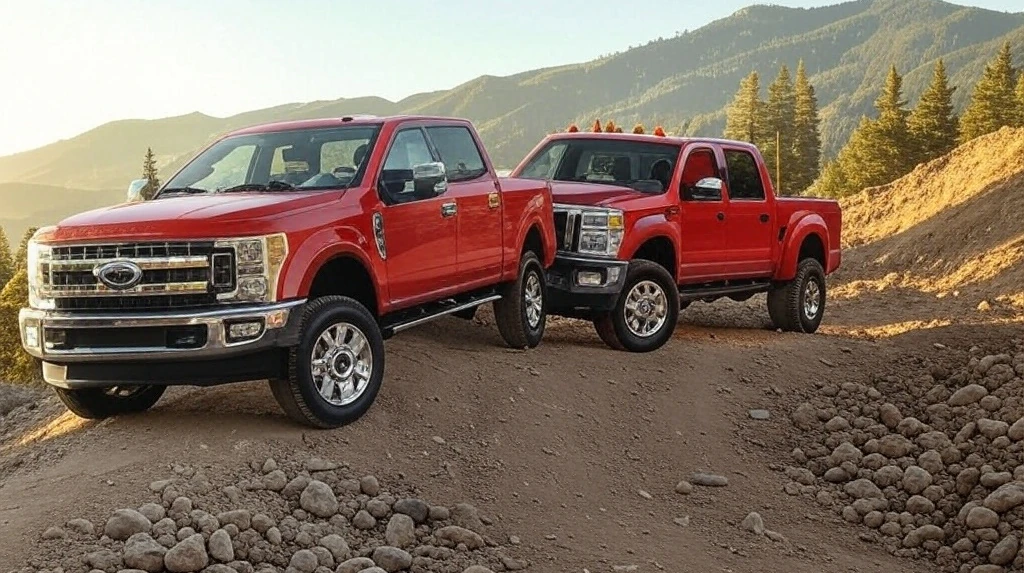
The Ford F-Series Super Duty pickups are built for serious work and recreation. The key differences between the F-250 and F-350 models include the F-350’s greater towing and payload capacities, a larger chassis, dual rear wheel options, and a higher price point compared to the F-250.
This guide compares the latest 2025 F-250 and F-350 models, highlighting what sets them apart. We’ll examine towing and payload capacities, powertrains, dimensions, pricing, performance, and ideal uses for each truck.
Towing and Payload Capabilities
The most noticeable distinction between the F-250 and F-350 is their ability to tow trailers and haul cargo:
- Towing – The F-350 boasts a maximum towing capacity of up to 32,500 pounds, significantly higher than the F-250’s 19,500-pound limit. This makes the F-350 ideal for hauling large 5th-wheel RVs, heavy equipment, and sizable boats.
- Payload – With a maximum payload capacity exceeding 8,300 pounds, the F-350 outperforms the F-250 in carrying heavy materials and cargo.
The F-350’s superior capabilities stem from its enhanced chassis and a robust drivetrain designed for extreme-duty applications. However, if your needs fall within the F-250’s limits, it offers solid performance at a lower cost.
Engine, Transmission, and Drivetrain
Both the F-250 and F-350 share similar powertrain options, with some key differences:
- Gas Engines – Options range from a 6.2L 2-valve V8 to a 7.3L pushrod V8 producing 430 hp and 475 lb-ft of torque. The F-350 adds an optional 6.8L V10.
- Diesel Engine – The 6.7L Power Stroke turbodiesel V8 delivers 475 hp and a massive 1,050 lb-ft of torque, paired with a 10-speed automatic transmission.
- Transmission – Configurations include a 6-speed automatic or a 10-speed automatic, depending on the model.
- Drivetrain – Both models offer rear-wheel-drive and 4-wheel-drive options. The F-350 is available with dual rear wheels for increased traction and stability.
While their powertrain offerings are similar, the F-350’s increased towing and payload capacities are enabled by a reinforced chassis and a more robust drivetrain.
Dimensions, Configurations, and Pricing
The F-350 is larger and more capable than the F-250, which also makes it more expensive:
- Cab Options – Both models offer Regular Cab and SuperCab configurations, with most buyers opting for the spacious 4-door SuperCrew cab.
- Bed Lengths – Available in 6-3/4 ft and 8 ft options for both models, the F-350 also offers an 8-ft bed with dual rear wheels.
- Wheelbase – The F-350’s single rear wheel model has a longer wheelbase (159 inches vs. 148 inches for the F-250). The dual rear wheel version extends to 176 inches.
- Trim Levels – Both models offer Work Truck, XLT, Lariat, King Ranch, and Platinum trims. The F-350 additionally offers the Tremor Off-Road package.
- Pricing – The F-350’s starting MSRP is about $2,000 higher than the F-250. A fully loaded dual-rear-wheel F-350 can exceed $90,000.
If ride quality and maneuverability are top priorities, the F-250’s smaller dimensions and lower cost may be more appealing.
Performance, Handling, and Ride Quality
While both models share similar powertrains, their performance differs due to the F-350’s reinforced chassis and drivetrain.
- Towing & Hauling – The F-350 provides better acceleration and braking control when towing or carrying a full payload.
- Ride Comfort – The F-250 offers a smoother on-road ride and better maneuverability due to its lighter weight and smaller size.
- Handling – The F-350’s dual rear wheel models have a wider turning radius, requiring more careful maneuvering.
- Off-Road Performance – The F-250 performs well off-road, but the F-350’s size and strength make it better suited for rugged terrain, steep grades, and challenging conditions. However, its large footprint limits agility in tight spaces.
Choosing Between the F-250 and F-350
Your choice between the F-250 and F-350 depends on your specific needs for towing, hauling, comfort, and budget:
- F-350 – Ideal for extreme-duty towing and hauling, with a max towing capacity of 32,500 lbs and payload exceeding 8,000 lbs.
- F-250 – Suitable for lighter towing and hauling, offering strong capabilities at a lower price point.
- Powertrain Similarities – Both models offer similar engine choices, but the F-350 features a more robust chassis and drivetrain.
- Ride Quality – The F-250 provides a smoother ride when unloaded, while the F-350 excels in control under heavy loads.
- Cost Considerations – The F-350 is more expensive but built for unmatched towing and hauling capabilities. The F-250 balances performance and affordability.
By evaluating your workload and driving preferences, you can choose the Super Duty truck that best meets your demands.
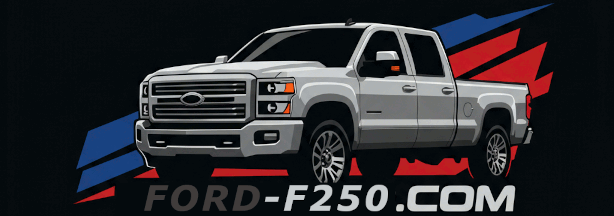

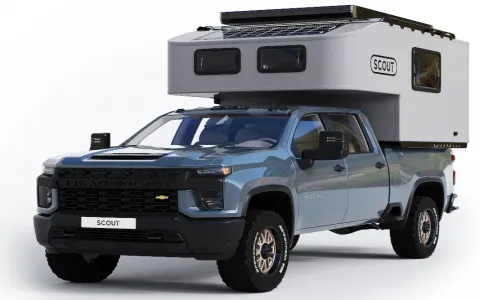
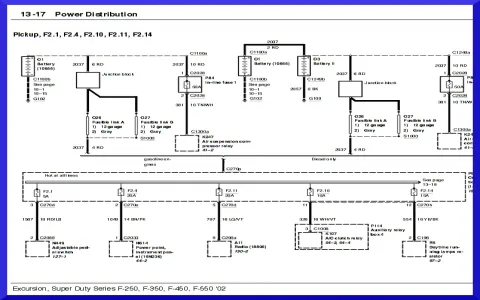



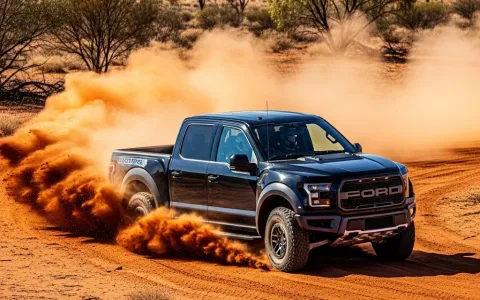
![What Ford F150 is Best for Towing ? [Full Guide]](/sites/default/files/styles/frontpage_stories/public/2025-04/f250-camping.webp?itok=6Ah370zB)
